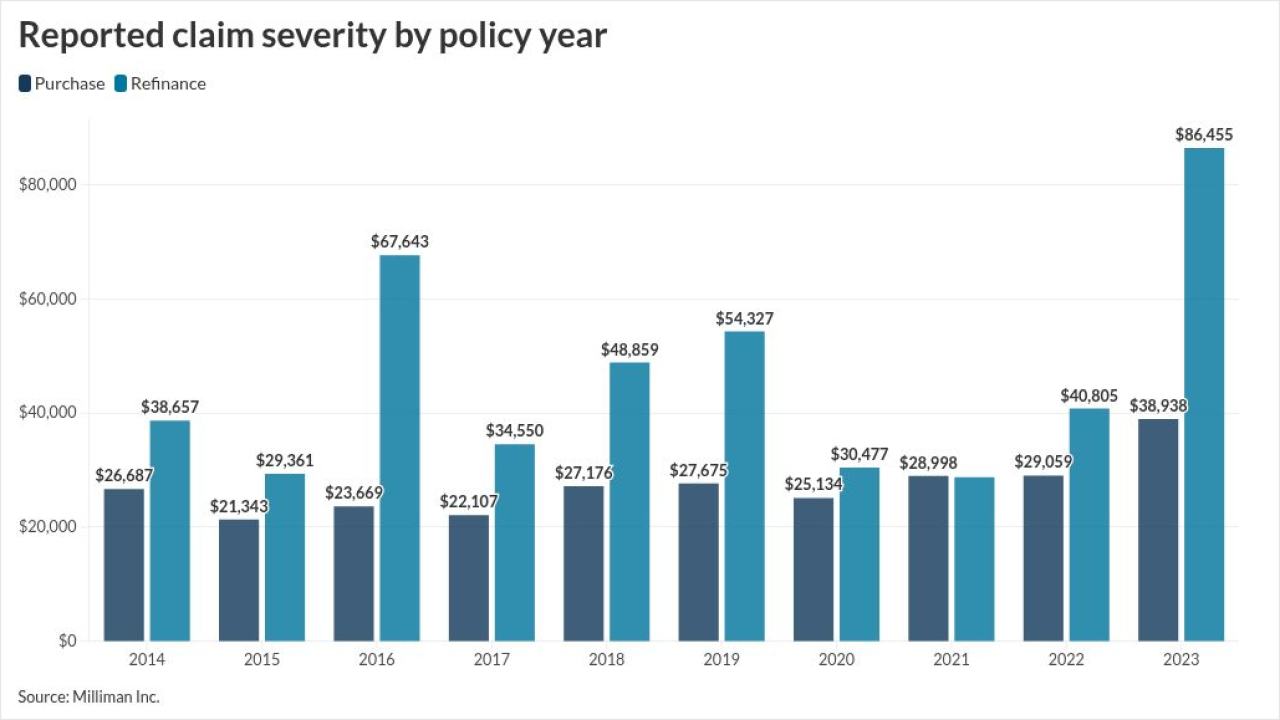With all the hype and headlines around so-called “emerging” and “disruptive technologies” it can be hard to know just how many organizations are pondering or implementing them, and what the payoffs have been for the early adopters.
To get a better sense, Information Management spoke with Scott Buchholz, chief technology officer, Government and Public Services, and emerging technologies research director at Deloitte Consulting. Buchholz says companies across all industries are quickly jumping on the artificial intelligence and machine learning bandwagon, convinced that there are great gains to be had in employee productivity and operational cost reductions.
Those organizations that haven't given thought to AI investments run the risk of quickly losing competitive advantage, Deloitte Consulting says in its new Tech Trends report.
IM: Your recent Tech Trends report indicated that several artificial intelligence technologies (machine learning, natural language processing, RPA) are maturing rapidly and many companies will be deploying these technologies across the enterprise. What are the benefits of such strategies, and how far along are most companies in this process?
Scott Buchholz: Overall, we see organizations moving from an “if?” stance on using AI to a “how?” stance. Echoing Google’s “AI First” declaration, we’re increasingly seeing companies across industries start to design products assuming that AI will be part of them, rather than trying to ‘opt into’ it after the fact.
Organizations are using AI technologies in a number of use cases including: automating routine and repetitive administrative tasks and analyzing data volumes which exceed human capabilities to grasp.

In the cases of automation of the routine, we’re seeing an increased focus on enabling humans to have better, more interesting jobs. For example:
- Using AI to make routine decisions on approval for surgical procedures gives nurses the ability to focus on patients, not paperwork, and helps address the nursing shortage; and,
- Using AI to make loan origination decisions in financial services gives agents the ability to focus on interacting with customers, not focusing on administrative decisions.
In the cases of datasets too large for humans to analyze, we see:
- Using AI to get much closer to delivering us what we need, how and when we want it (and not spammed recommendations) as in Beyond Marketing; and,
- Using AI to scan text and transactional datasets for unforeseen drug interactions in pharma.
Although some companies are far along on the journey, having spent years testing and deploying ML, NLP and RPA technologies, many more are still at the initial phases. The organizations who are further along on the journey, however, are continuing to invest and amplify their learning and advantages relative to those who are just “kicking the tires”, meaning that the potential exists for the laggards to find themselves outclassed and outmaneuvered in the not too distant future.
IM: Which of the so-called “emerging technologies” have the potential for greatest long-term benefits for organizations, and why so?
Buchholz: The simple answer is that AI/ML will likely have the greatest long-term benefit. The ability to derive insight and take action from data still eludes most organizations. But beyond moving from assisted to augmented to autonomous, we have self-driving vehicles, image recognition that detects sick animals in flocks/herds, and much more.
The more complex is that the emerging technologies amplify one another. Better than just AI, how about using AI + Virtual Reality + Cloud to reimagine training/education? The sum does dramatically exceed the individual parts, and organizations focused on any one technology run the risk of missing the bigger impact.
IM: Your Tech Trends report says IT will now benefit from not having to manage and maintain server environments. What do you see as the new role for these IT people, or are we looking at a decreased need of those pros?
Buchholz: System and other administrators and operators are increasingly being asked to act and think like engineers. That is, instead of just reacting to problems, how does one modify the environment to proactively prevent them? In a simple example, instead of fingering a change in one environment and neglecting the others, how do we use DevOps (or DevSecOps) tools and techniques to make the changes in a structured way that are tested and deployed the same way as code?
This shift enables IT to focus on business value, not internal technical complexity. 20 years ago, daily reboots were the norm. Today, we instead spend precious human time on manual updates and patches. In the future, that precious human time will be spent on increasing levels of standardization and automation and less on mechanics and reacting to issues.
IM: With all of the interest in new and emerging technologies, what is the state of training and skills development among technology and data professionals to work with them all, and how will that reality impact adoption plans?
Buchholz: Organizations who are succeeding with new and emerging technologies often start with a small group of experts combined with a larger group of interested employees who receive training, enabling the experts to train the interested and help develop their expertise. That’s true across AI technologies and other emerging technologies as well. To support adoption, some organizations are hiring, acquiring or else contracting out for the initial talent pool they need.
IM: How does the growing adoption of cloud technology come into play in the above situations?
Buchholz: Cloud has democratized access to technology. In the past, if you wanted to test out ML and AI, you’d have to purchase a bunch of servers; rack them; manage and secure them; locate, install and patch software, etc. etc. etc. After all that, you could plug data into the algorithms. Today, you can just upload data to the cloud and start playing around. It’s easy to forget how much friction of cloud has eliminated in a decade.
IM: Looking ahead one year, how do you think organizations will look back on 2019 in terms of their ability to effective work with emerging technologies and improve business processes, customer experiences, and the bottom line?
Buchholz: As the old adage has it, we overestimate what we can do in one year and underestimate what we can do in a decade. We are mostly likely to see incremental improvements throughout 2019, not breakthrough changes. However, the organizations who are being disciplined about deploying emerging technologies, testing them together, deploying them, and repeating the loop will appear far further ahead in a few years than those who are doing one-off episodic tests.





